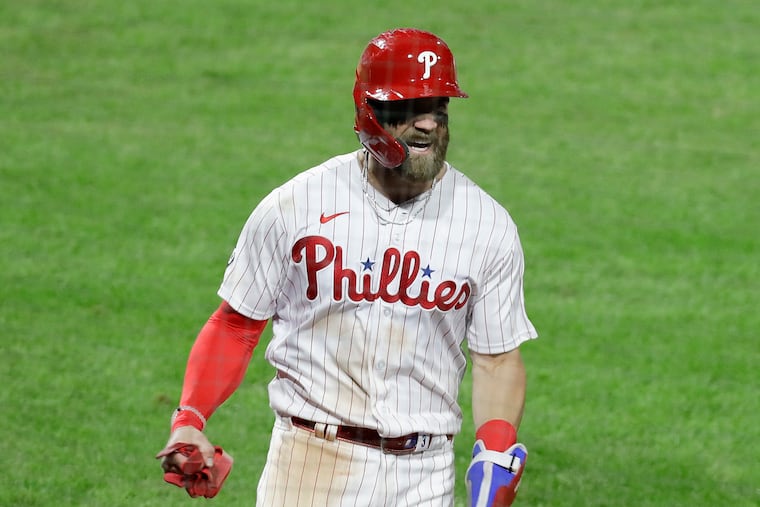Why these Phillies will be predictably productive | Marcus Hayes
No Odubel, no Kingery, no Maikel Franco, and a real bullpen: The Phillies are all grown up and focused.

No Odubel, no Kingery, no Maikel Franco, and a real bullpen: The Phillies are all grown up and focused.
